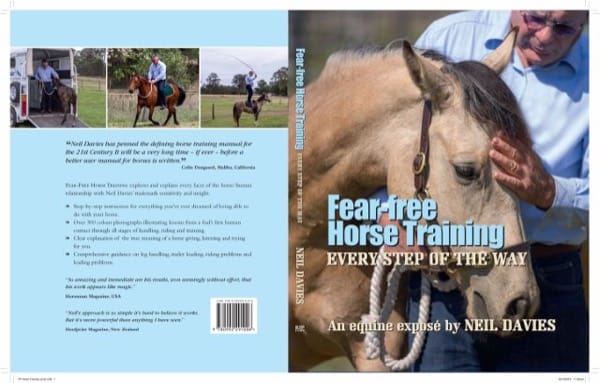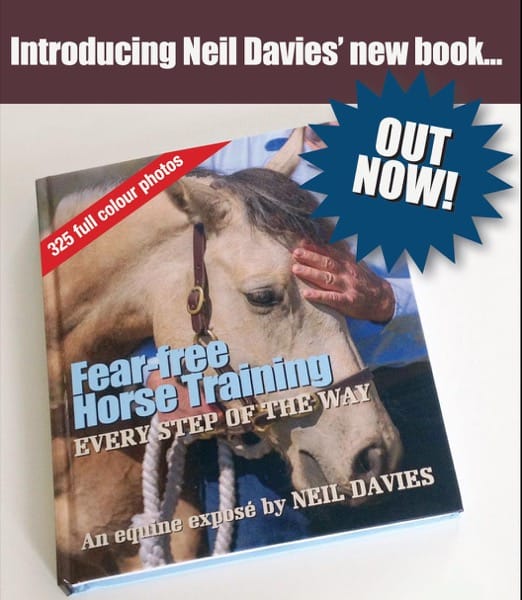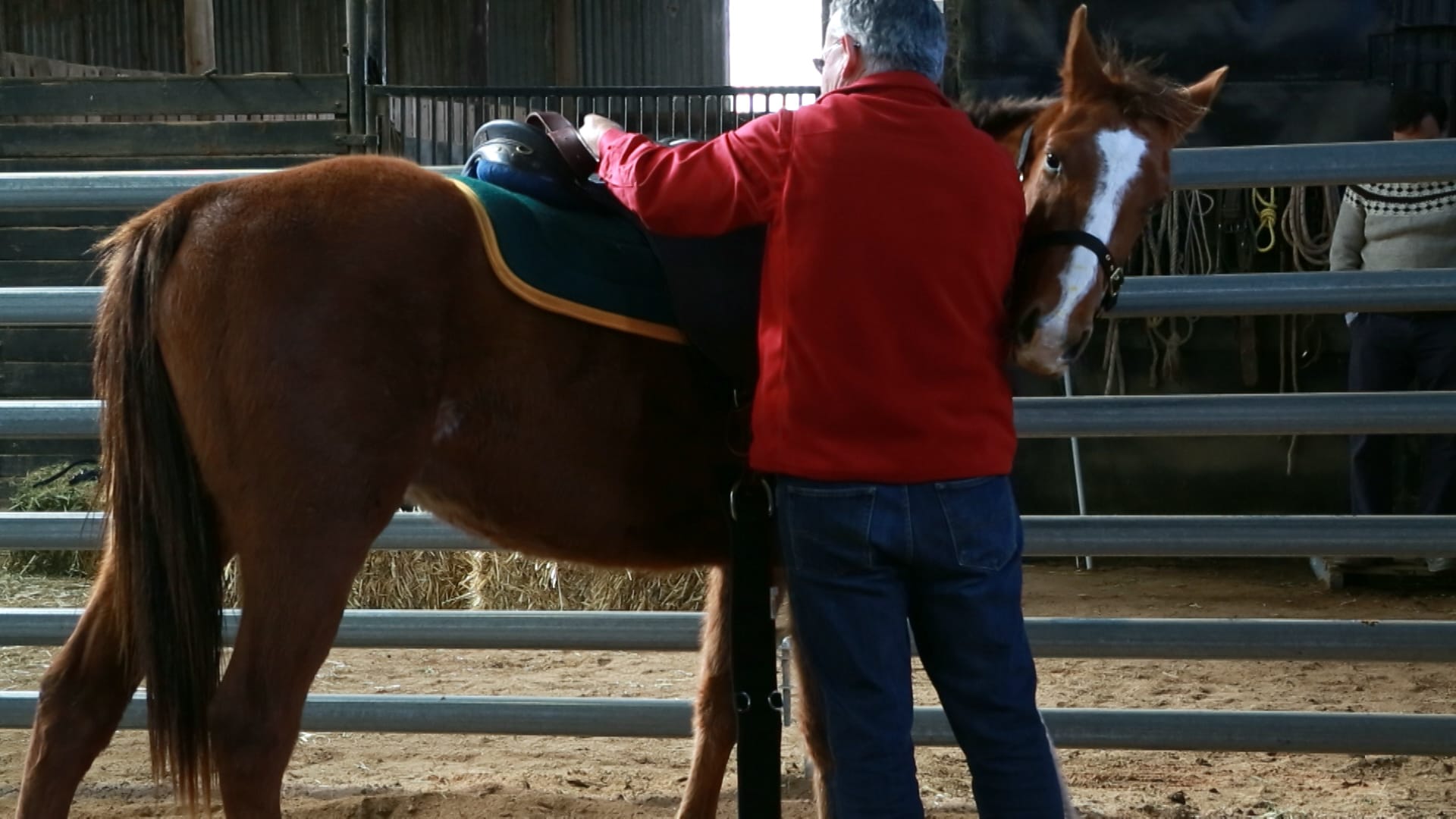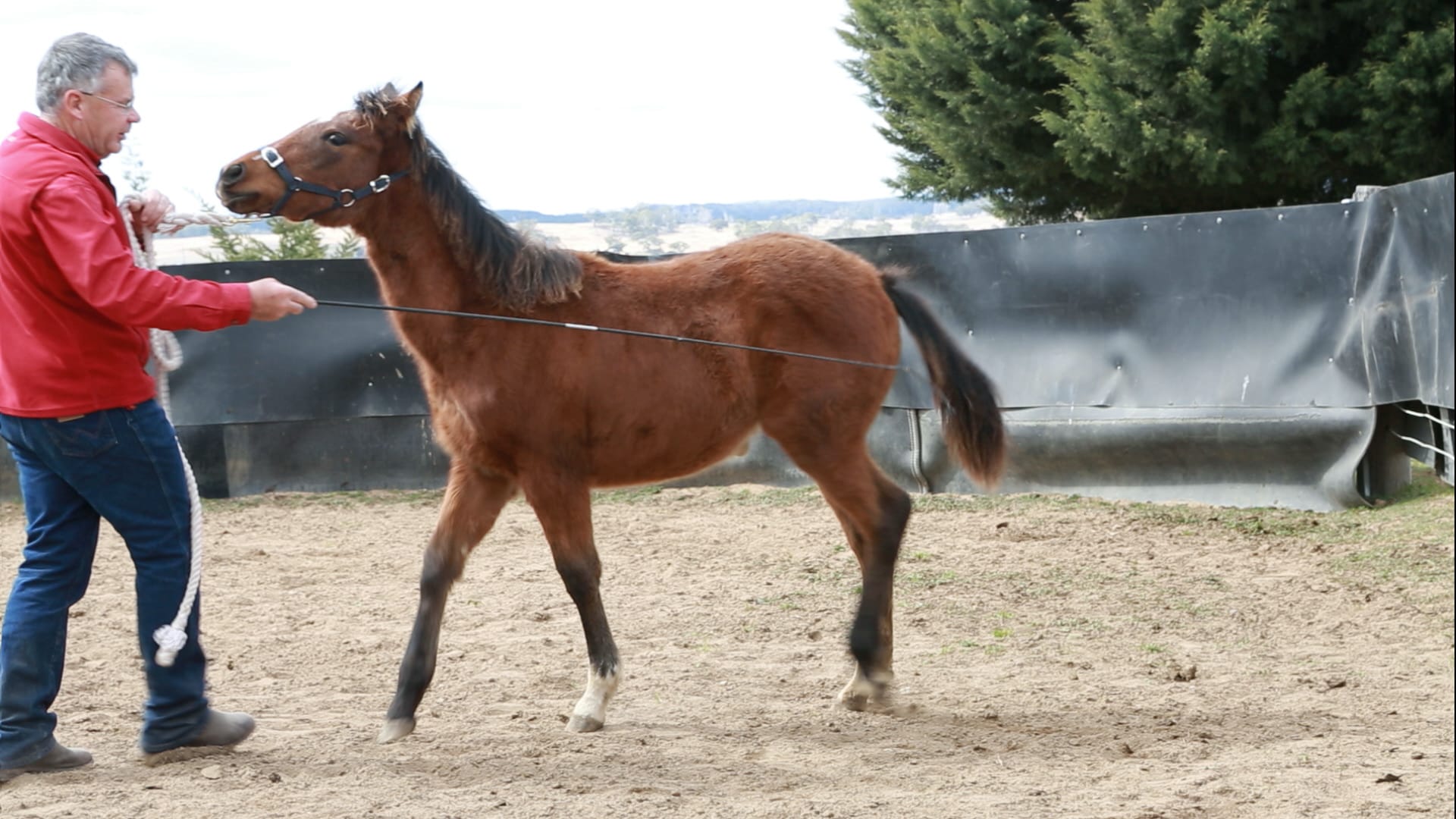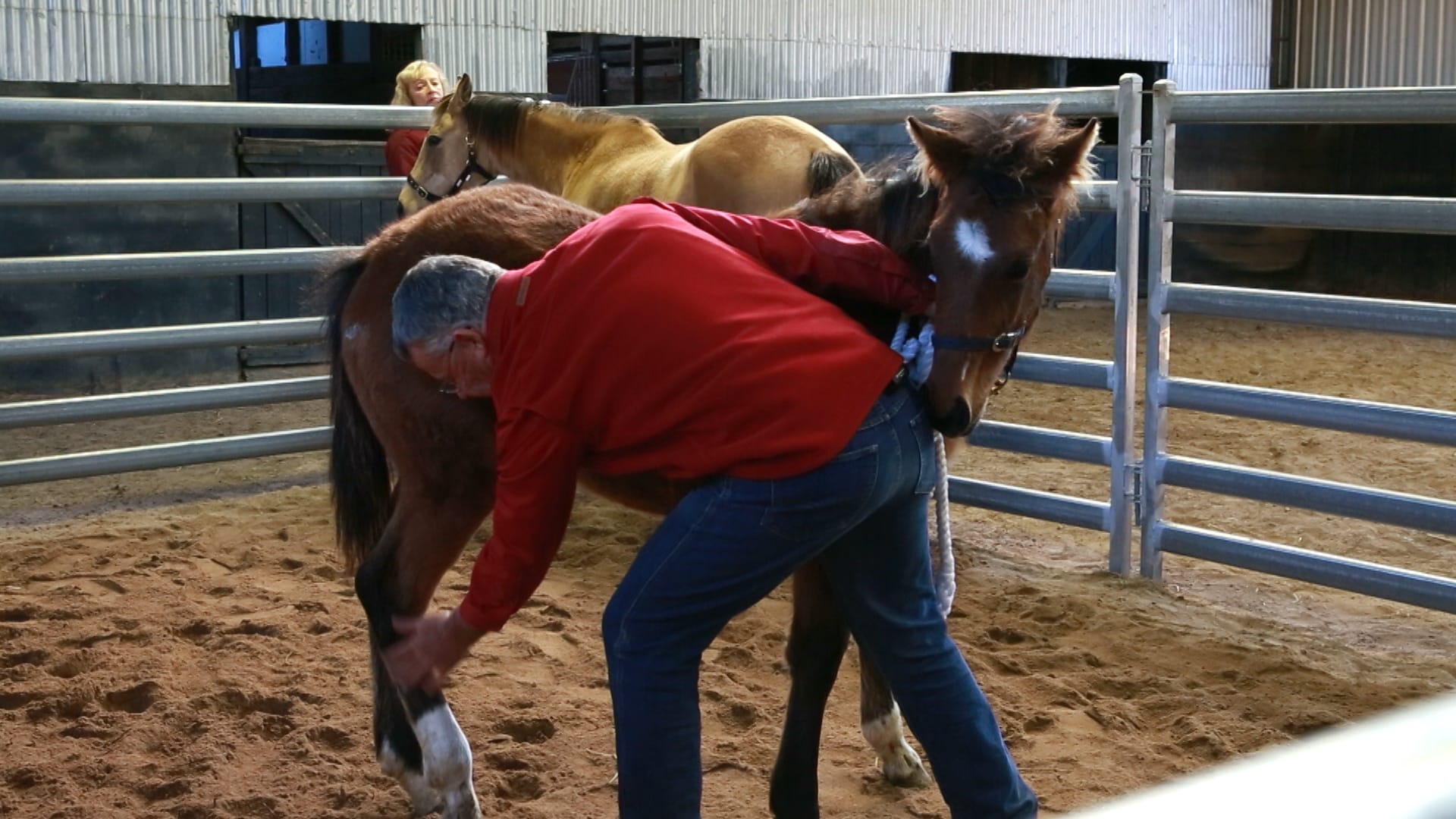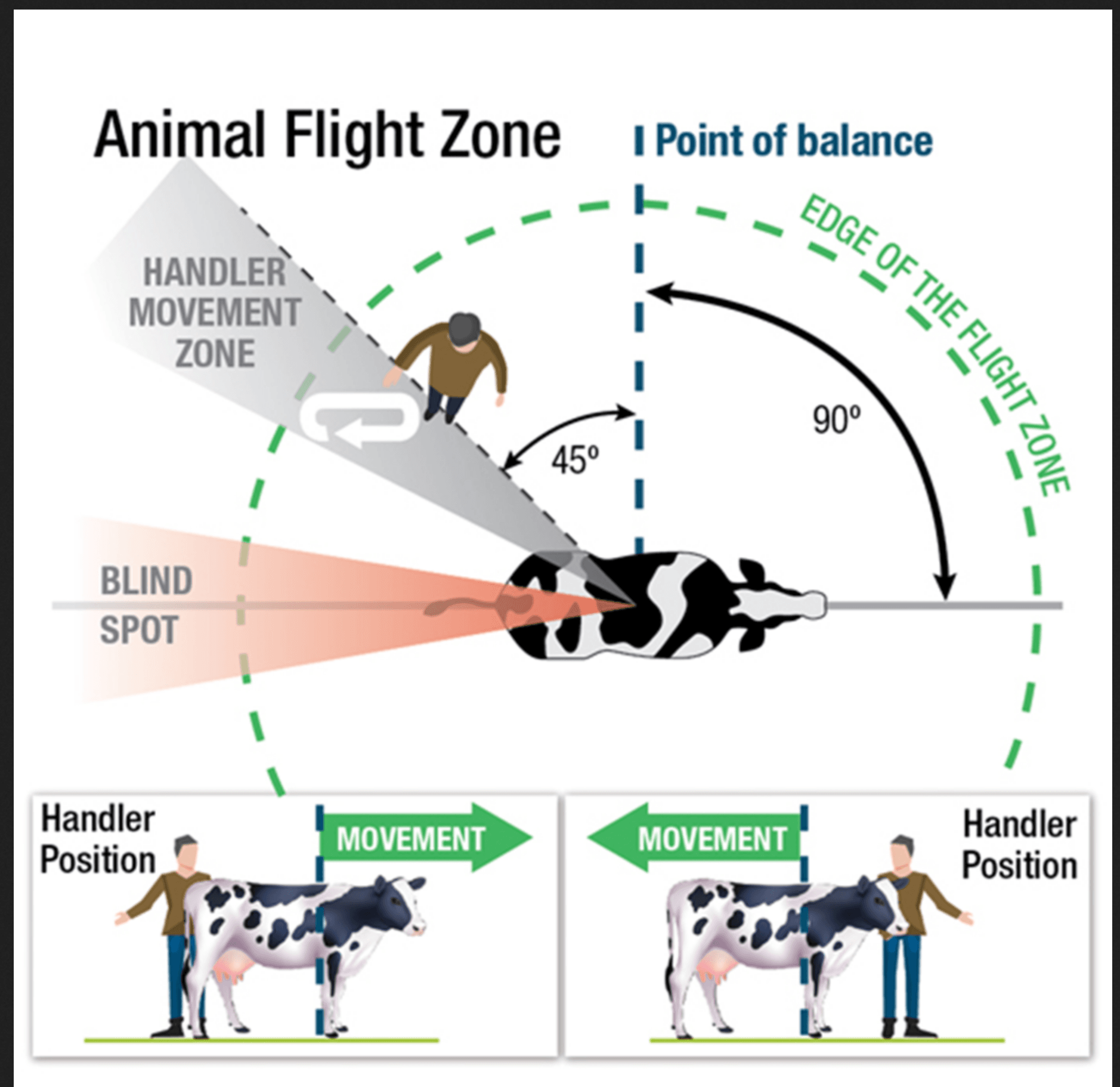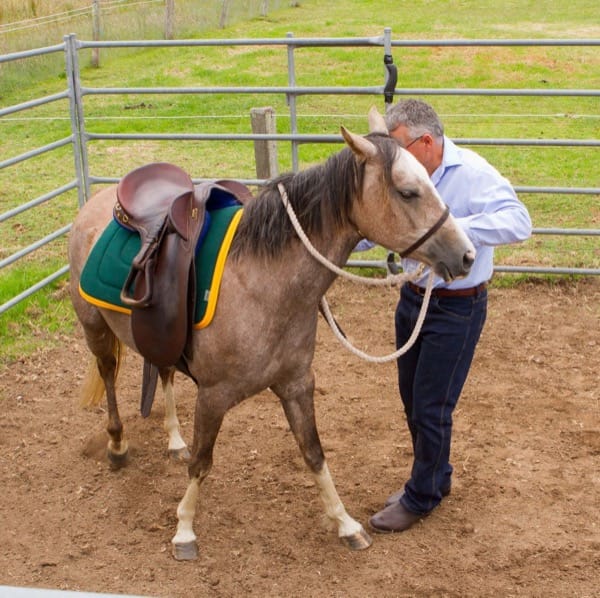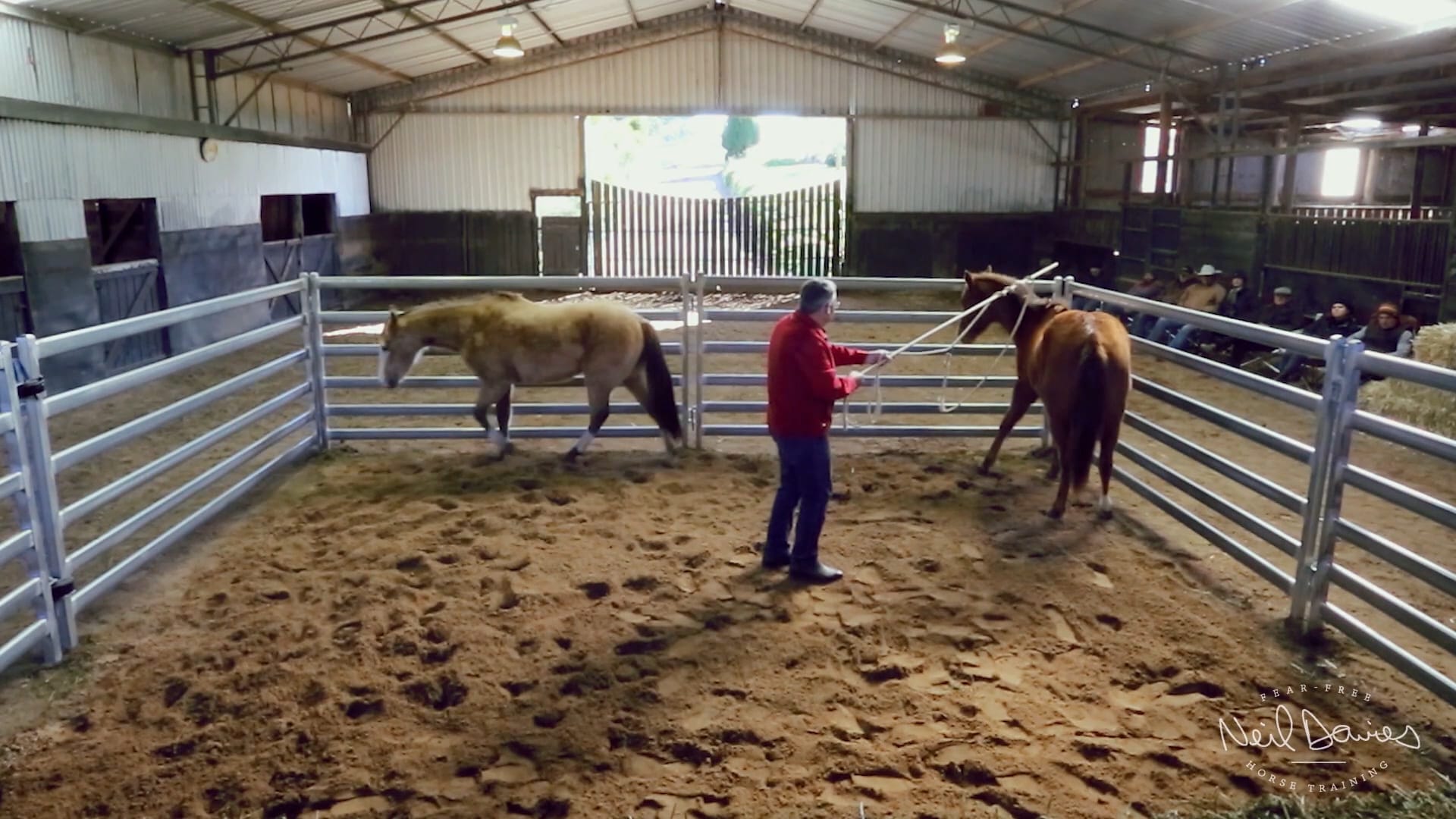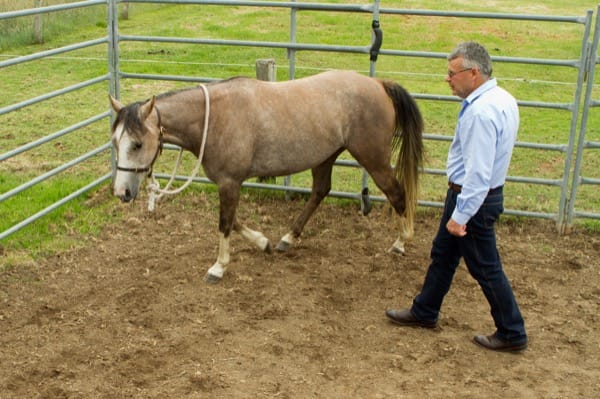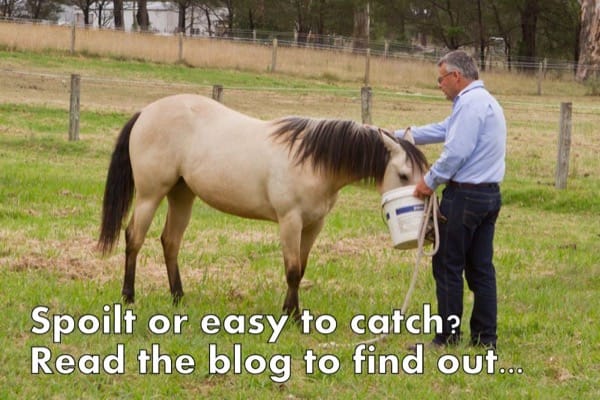Neil’s Horse Training Book
Fear-free Horse Training, every step of the way explains every facet of horse training – from catching a foal for the first time, starting a horse under saddle, teaching your horse to move forward and give, overcoming problems such as shying, rearing, pulling back, and much much more. A horse training book built on removing … Read more

